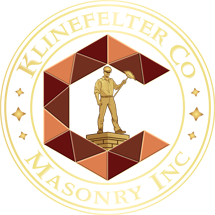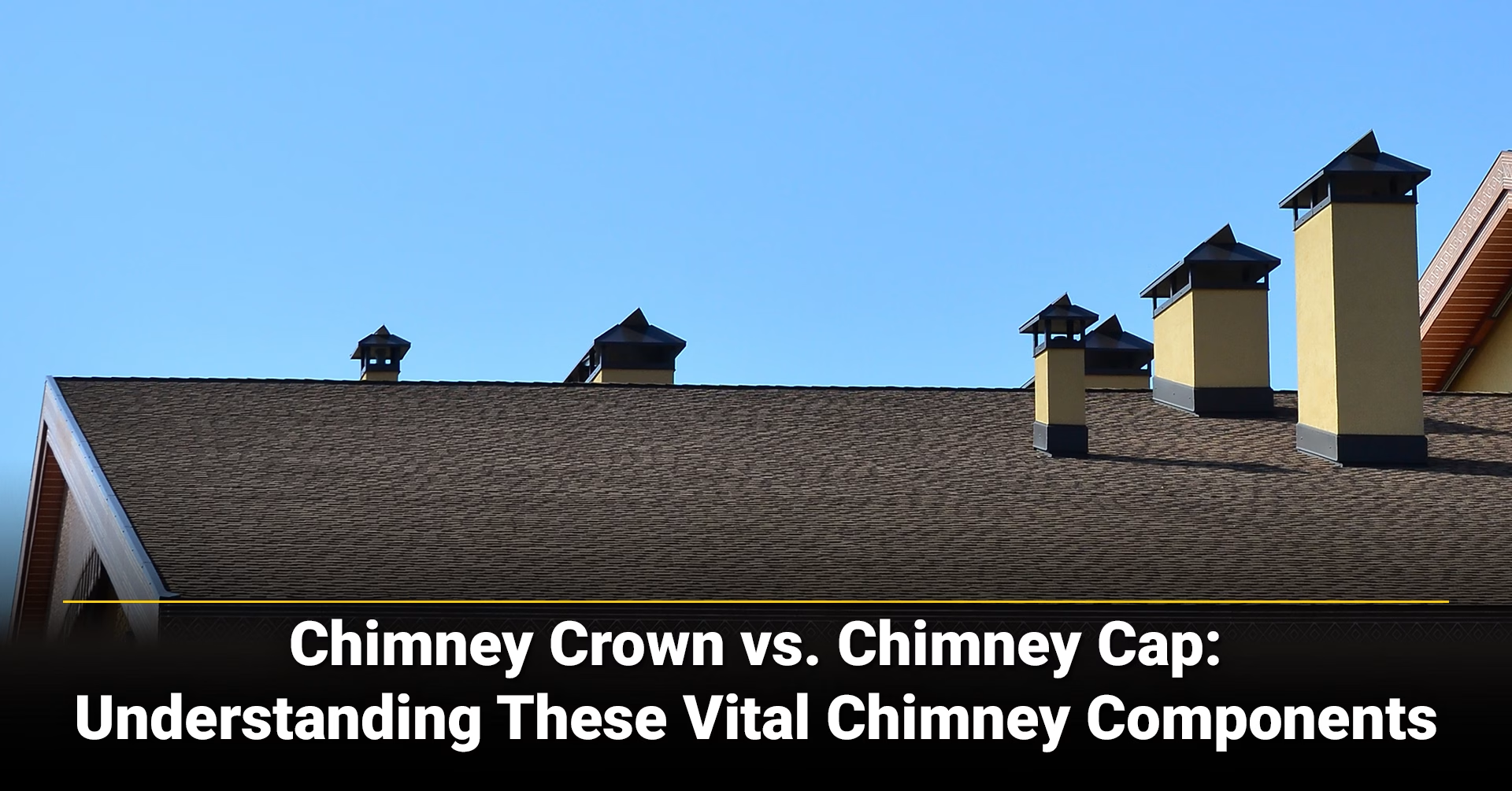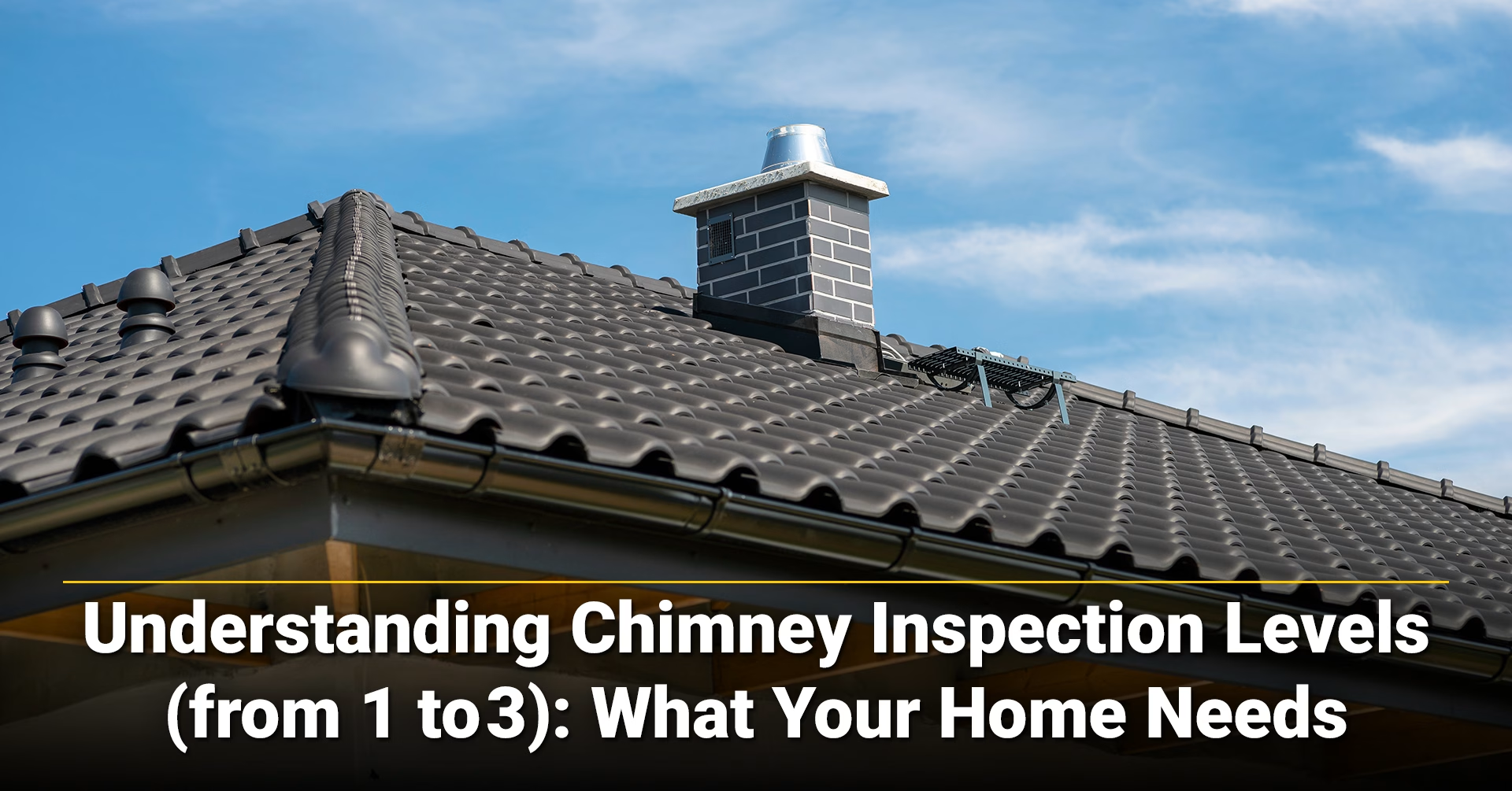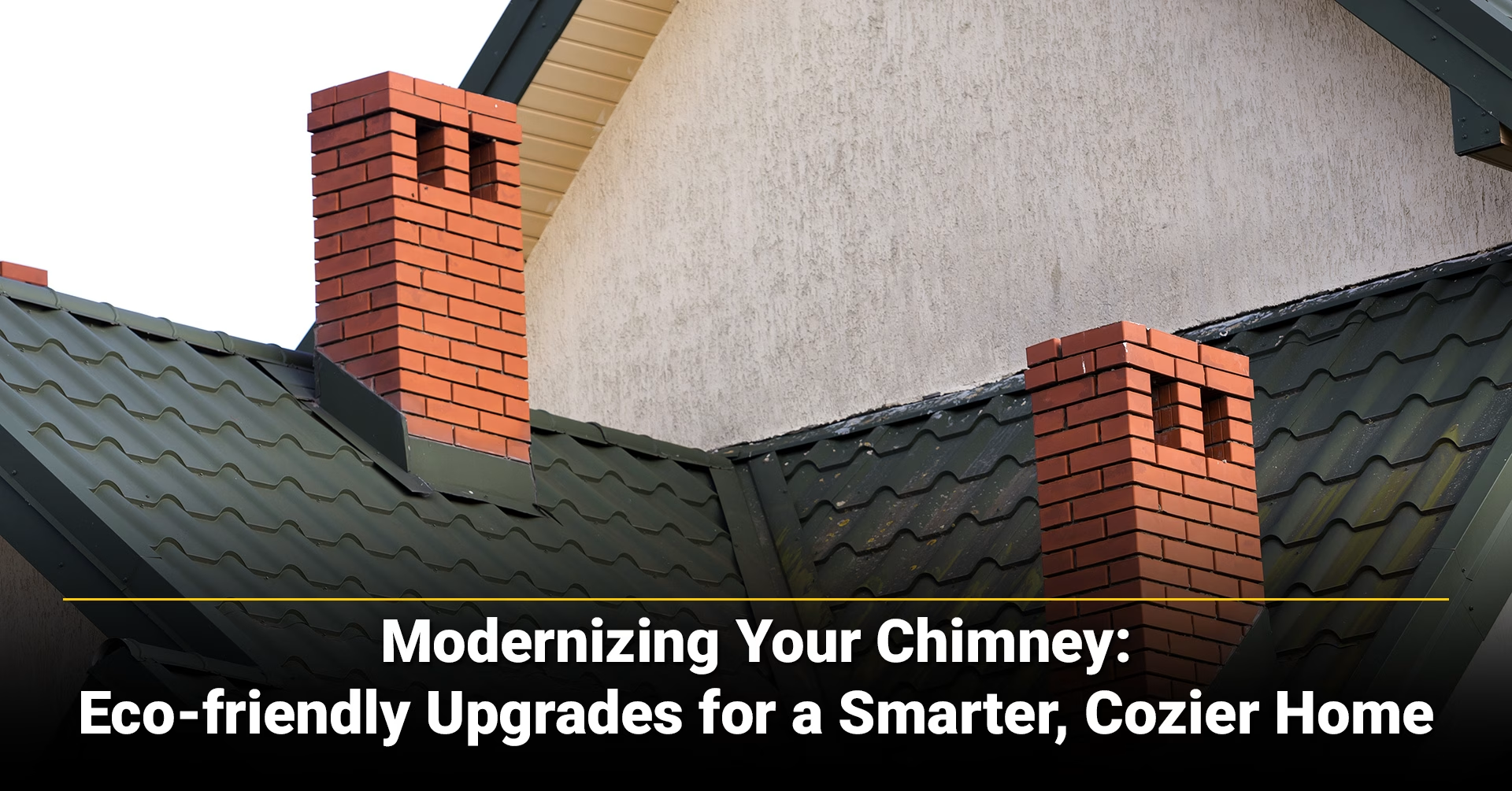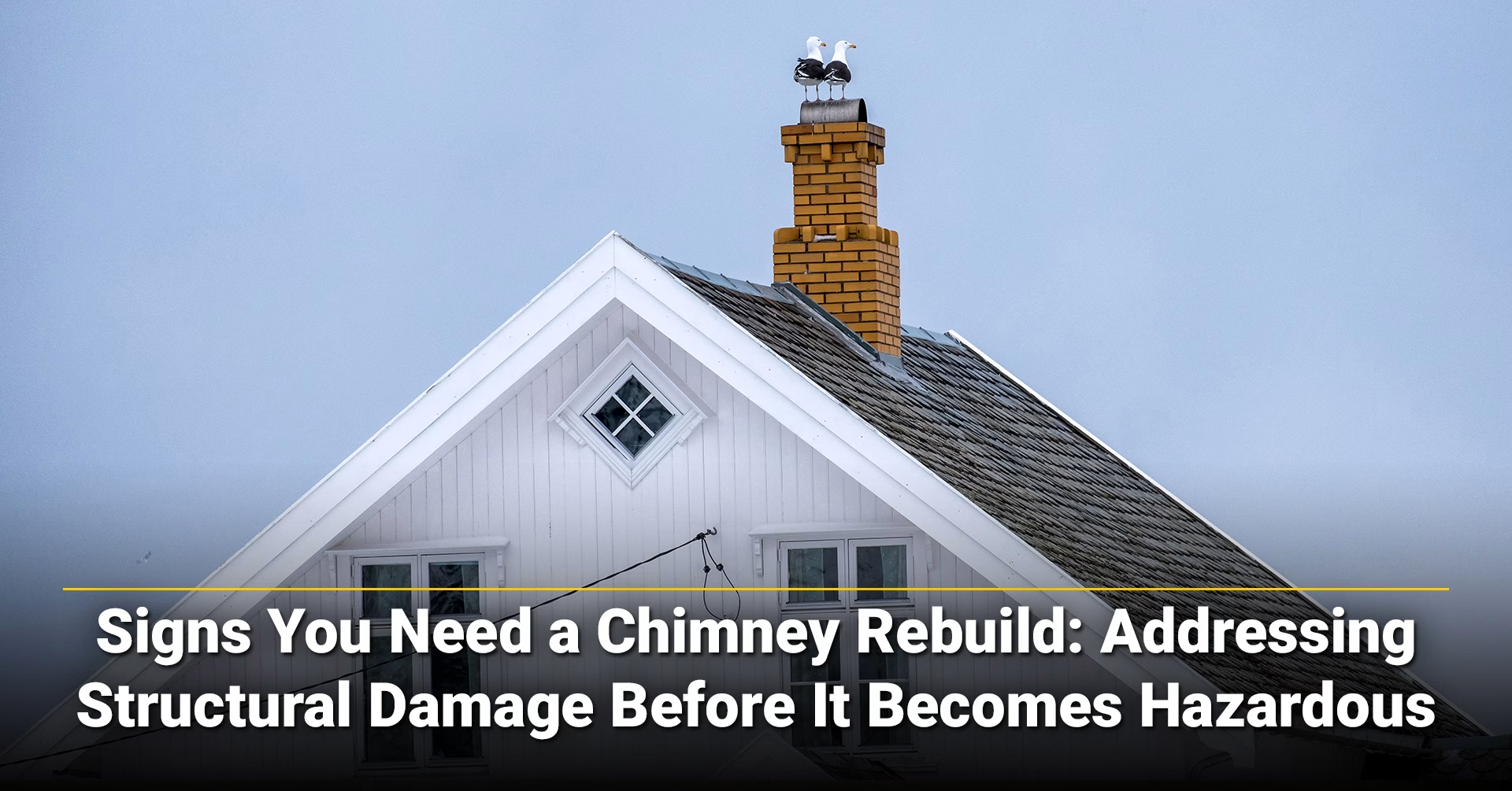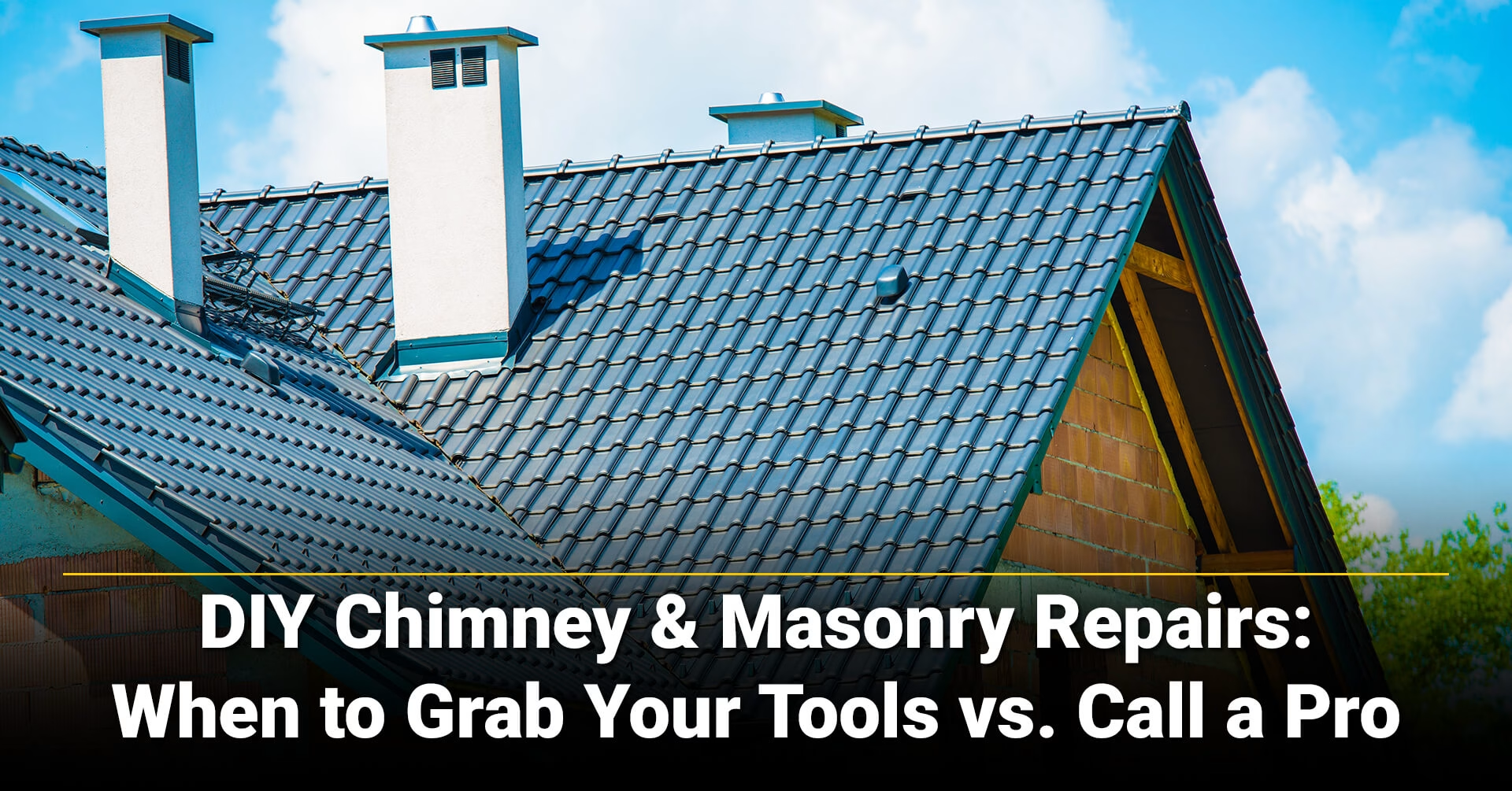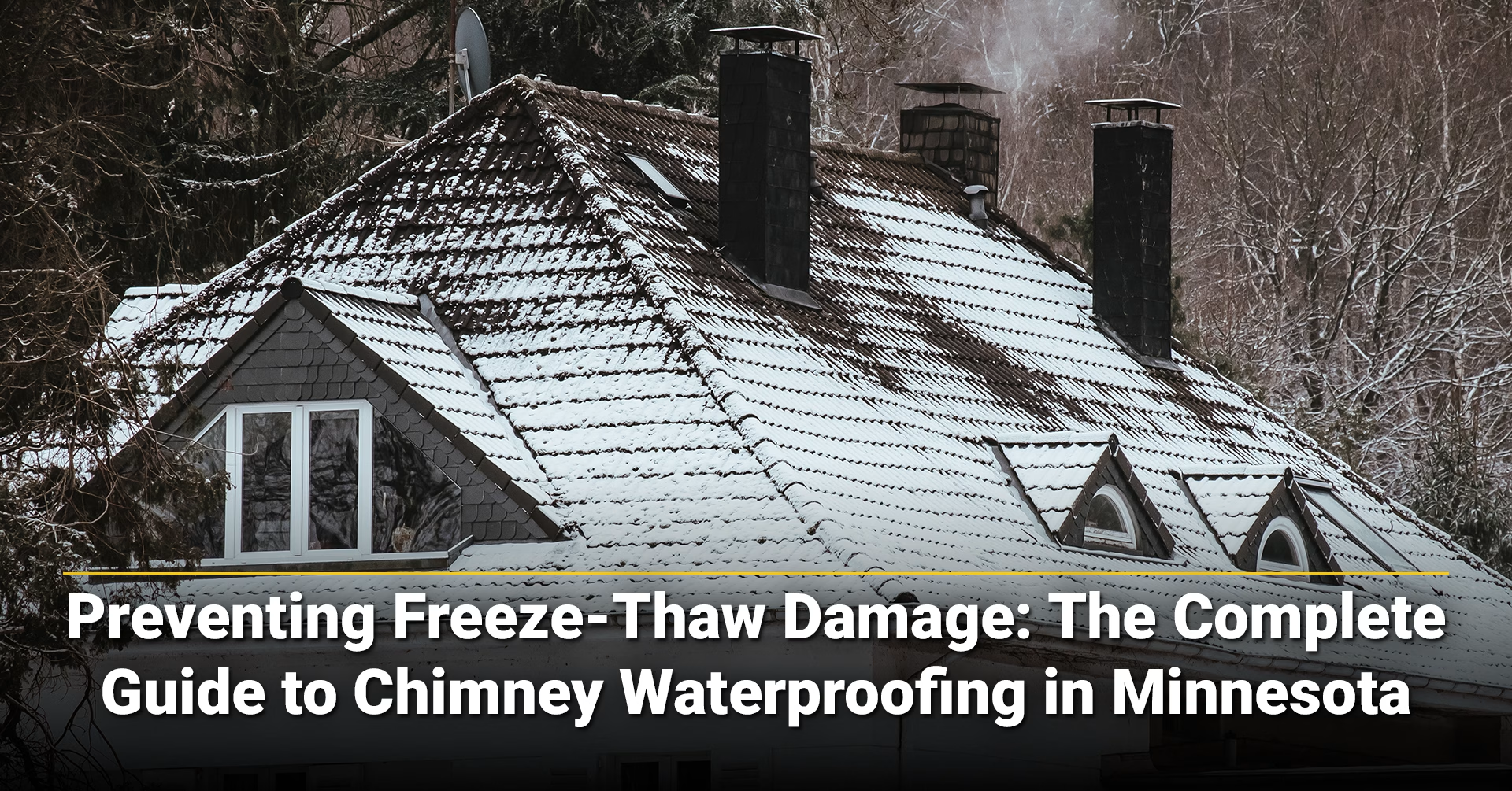The Unseen Battle Against Minnesota’s Winters: For homeowners in the Rochester and Twin Cities metro area, chimneys face a constant threat from water damage caused by freeze-thaw cycles. Minnesota experiences over 90 freeze-thaw cycles annually, creating destructive conditions for masonry structures. Left unaddressed, this cycle can silently erode chimney integrity. If left untreated, it will lead to damages often excluded from insurance policies. Professional-grade waterproofing with vapor-permeable sealants is the most effective protection method.
Key Takeaways
What you’ll learn in this guide:
A. Why Minnesota chimneys face unique challenges – 90+ freeze-thaw cycles annually cause progressive masonry damage
B. How modern vapor-permeable sealants work – Advanced silane/siloxane technology prevents water infiltration while allowing moisture escape
C. Professional vs. DIY application – Professional waterproofing lasts 10-15 years with warranties versus DIY annual reapplication
D. Optimal timing for Minnesota – Late spring (May-July) provides ideal application conditions
E. Insurance requirements and costs – Prevention costs versus major freeze-thaw repair expenses
F. Essential maintenance components – Crown, cap, mortar, and flashing work together as a complete system
1. The Science of Destruction: How Cold Weather Wreaks Havoc on Masonry
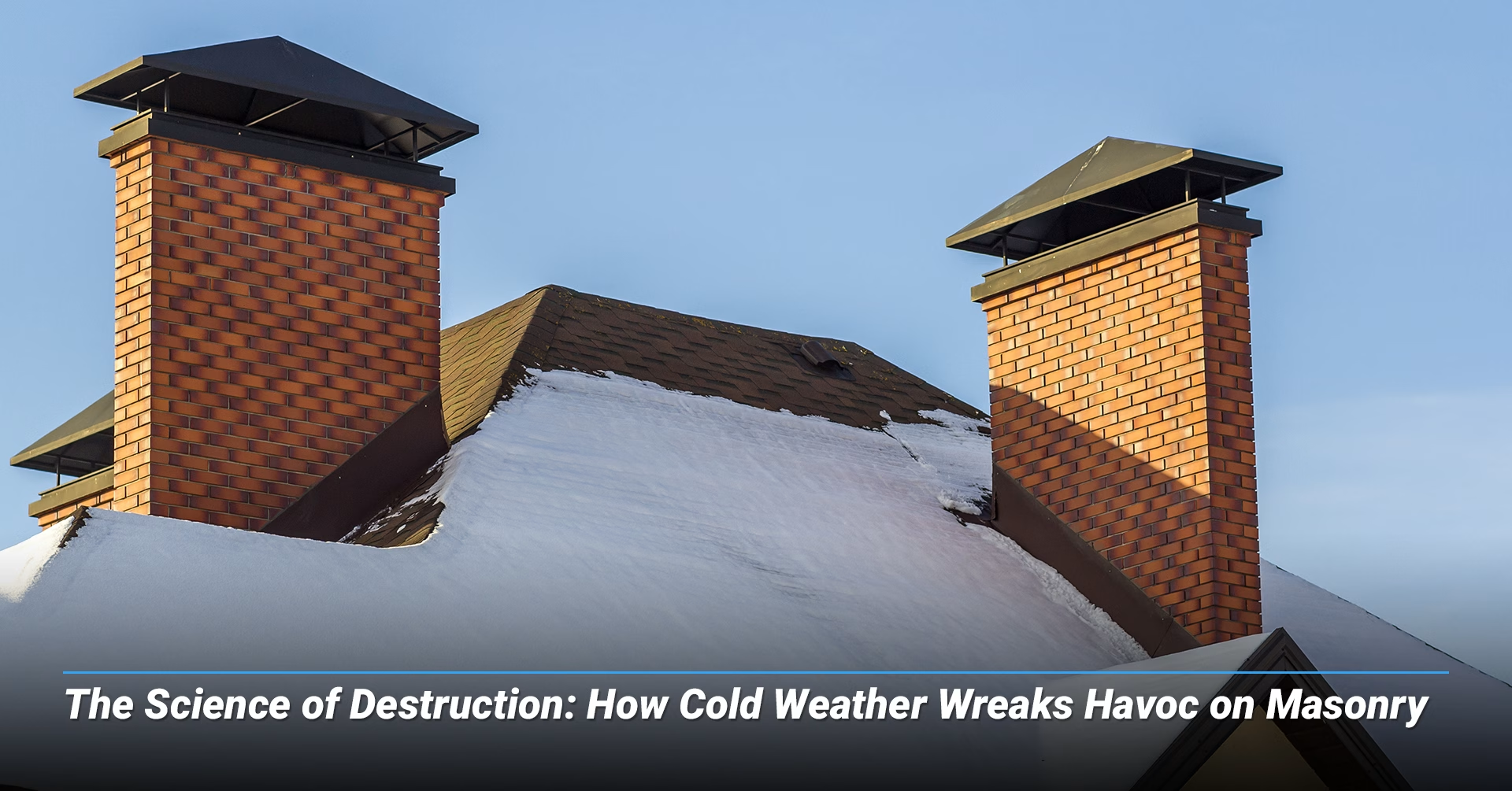
A chimney’s primary defense against the environment is its masonry—the bricks and mortar that provide form and strength. However, these materials are far from impenetrable. A deeper understanding of their properties reveals a fundamental vulnerability that requires a specific, targeted solution.
A. The Porous Reality of Brick and Mortar
Brick and mortar are highly porous materials containing networks of tiny capillaries and voids. This means they can absorb water like a sponge, with the average chimney soaking up hundreds of pounds of water. Doing so is critical when moisture becomes trapped within the structure.
B. The Relentless Adversary: The Freeze-Thaw Cycle
Freeze-thaw cycles are the primary cause of masonry deterioration in four-season climates. Water soaks into porous bricks and mortar, then freezes and expands by 9%, creating tremendous internal pressure that forms tiny cracks. When ice melts, damage remains, making it easier for water to enter during the next cycle. This progressive decay can turn minor harm into major structural problems.
C. Spalling and Efflorescence: The Visible Signs
Freeze-thaw damage manifests in two key warning signs. Efflorescence appears as white, crystalline residue—salt deposits left as water evaporates from brick surfaces. Spalling is the flaking or chipping of brick surfaces caused by expanding ice pressure. Efflorescence indicates early problems while spalling means structural failure is occurring.
2. A Comprehensive Defense: Beyond Just Waterproofing
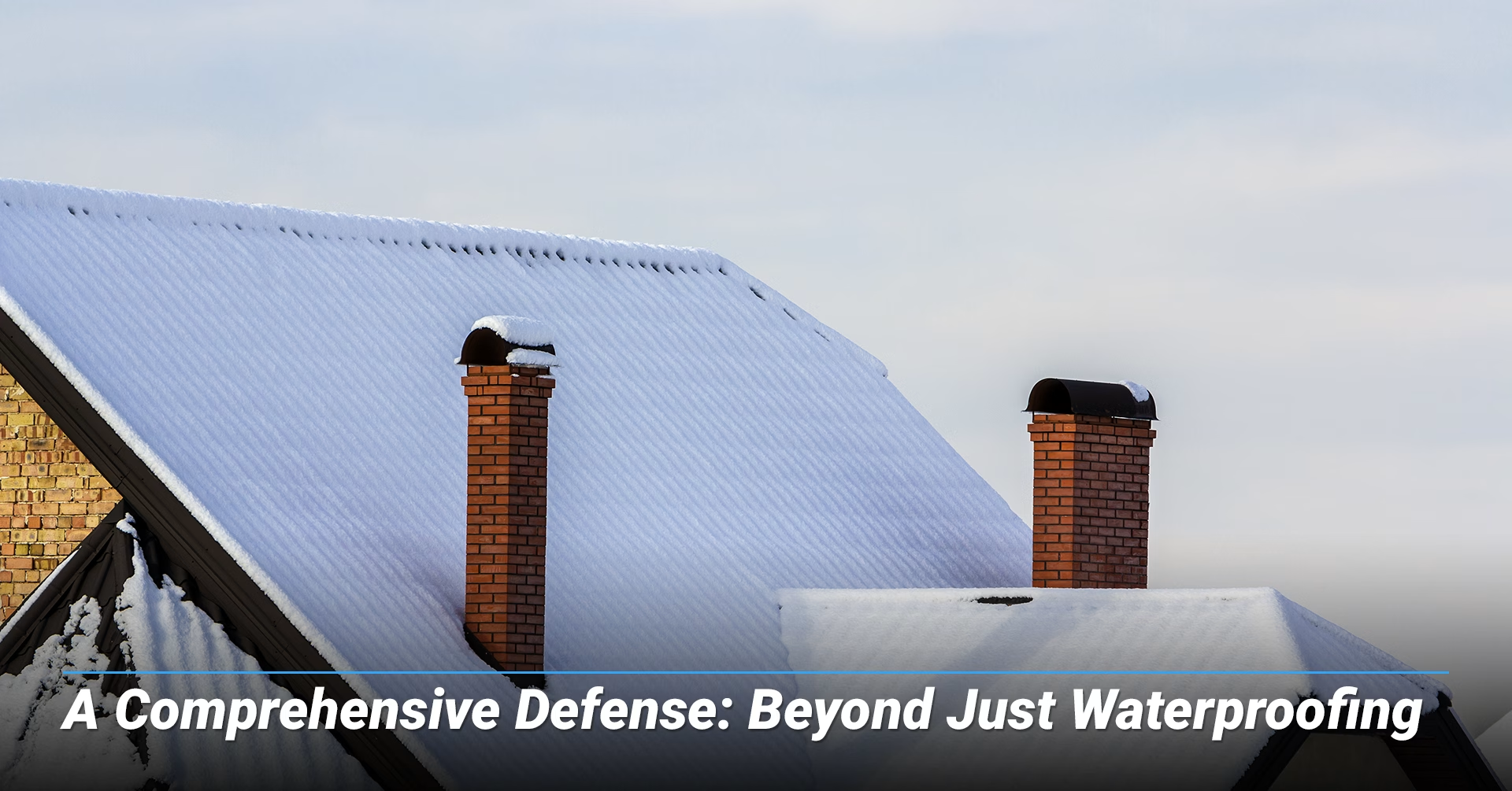
While masonry waterproofing is a crucial element to any proactive defense strategy, it must be included in a comprehensive system. Waterproofing sealants cannot repair existing damage; they can only protect a sound structure.
A. The Crown: Your Chimney's Umbrella
The chimney crown acts as the “roof” for the masonry structure, designed with a slight slope to direct rain away from the bricks. A well-maintained crown creates a barrier against weather and freeze-thaw cycles. Signs of failure include visible cracks, crumbling edges, or missing chunks allowing water infiltration.
B. The Cap: The Guardian of the Flue
A chimney cap—typically stainless steel or copper—sits above the flue opening, preventing rain infiltration, keeping animals and debris out, and acting as a spark stopper. Missing or damaged caps expose the flue to elements, causing damper corrosion and interior saturation.
C. The Mortar: The Foundation of Integrity
Mortar joints are often more vulnerable to freeze-thaw damage than bricks. As joints weaken, water enters and exhausts the structure. Tuckpointing removes deteriorated mortar and is replaced with new material to restore stability. All repairs must be completed before beginning waterproofing.
D. Flashing: Sealing the Roofline
Chimney flashing seals the gap where chimneys meet roofs, preventing interior water damage. Faulty or rusted flashing causes leaks leading to ceiling and wall damage. Comprehensive protection includes inspecting and resealing flashing as needed.
3. Choosing Your Protection: Modern Masonry Sealants
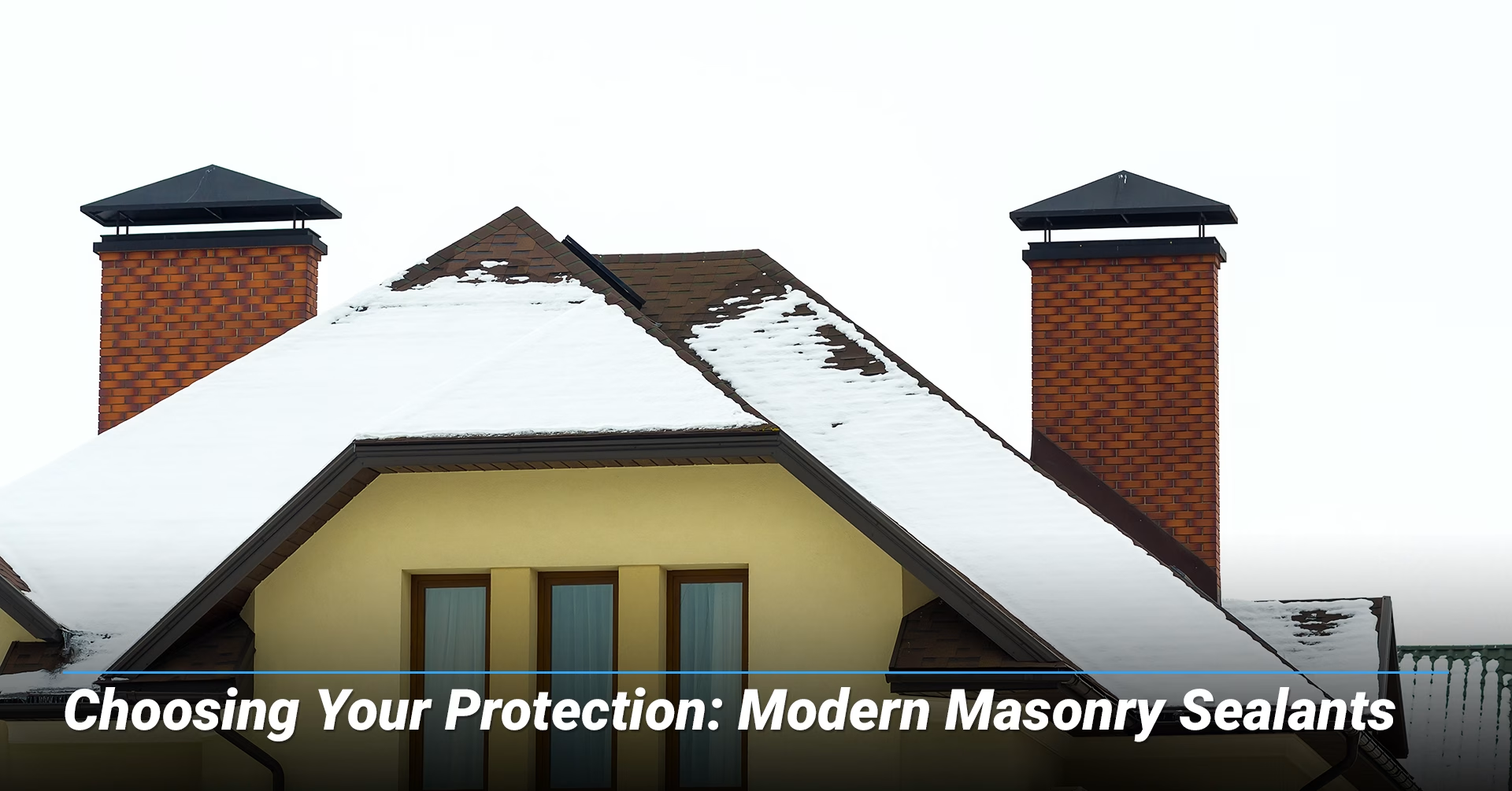
Once a chimney has been inspected and all necessary repairs are completed, a high-quality masonry sealant must be applied. In 2025, the industry has seen significant advances in vapor-permeable sealant technology, but not all products are created equal.
A. The Critical Concept of Vapor Permeability
The most important sealant distinction is vapor permeability. Vapor-permeable sealants repel exterior water droplets while allowing interior water vapor to escape. This prevents trapped moisture that causes freeze-thaw damage.
B. The Professional's Choice: Penetrating Sealants
Professionals recommend penetrating sealants made from silane or siloxane compounds. These colorless, breathable liquids penetrate masonry pores, creating invisible water-repellent barriers below the surface. They protect against wind-driven rain, freeze-thaw damage, and efflorescence without changing appearance.
C. The DIY Pitfall: Film-Forming Sealants
Many retail products create glossy surface films that aren’t vapor-permeable. These can trap existing moisture worsening the problem rather than solving.
D. Advanced Chemistry: Silanes vs. Siloxanes
Silanes have small molecular size for deep penetration and strong bonding, ideal for dense concrete. Siloxanes have larger molecules better suited for porous brick and stone, providing excellent surface protection. Modern blends combine both for optimal performance.
Modern Sealant Types Comparison
Sealant Type | Key Ingredients | How It Works | Vapor Permeability | Best Application | Typical Longevity |
|---|---|---|---|---|---|
Penetrating | Silane, Siloxane | Soaks into masonry pores | Yes (Breathable) | Porous brick, concrete | 10-20 years |
Film-Forming | Acrylics, Urethanes | Creates surface coating | No (Non-Breathable) | Stamped concrete only | 2-5 years |
Premium Blends | Silane/Siloxane | Deep penetration + surface protection | Yes | All masonry types | 15+ years |
4. The Professional Application Process
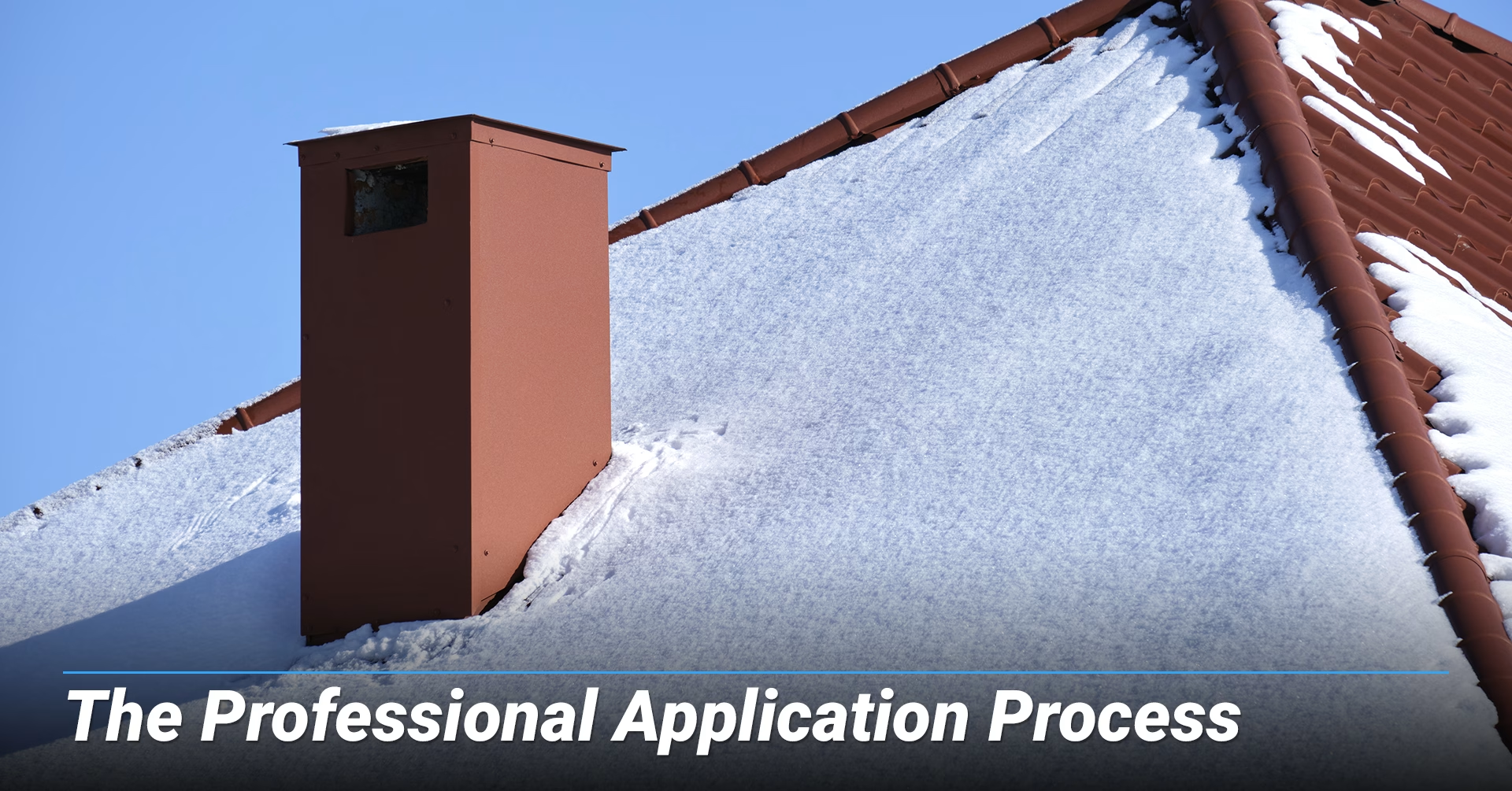
Protecting a chimney is a multi-step process that requires professional expertise to ensure the investment is effective and lasting.
A. The Critical Pre-Waterproofing Checklist
Before sealant application, chimneys require preparation:
● Professional Inspection: Certified technicians assess existing damage
● Necessary Repairs: Fix all cracks, mortar joints, and crown issues
● Surface Preparation: Clean masonry, removing dirt and efflorescence
● Drying Time: Ensure complete dryness, often requiring two days
B. Professional vs. DIY Application: A Critical Decision
Professional applications show 95% success rates. While DIY costs seem lower, risks include using the wrong product, improper preparation, and missed areas leading to expensive problems.
Professionals provide correct diagnosis, proper tools, uniform application, and access to high-quality products. Professional sealants last 10-20 years with warranties, providing long-term value compared to DIY solutions requiring annual reapplication.
C. Timing is Everything: The Ideal Window for Protection
Late spring and early summer are optimal waterproofing conditions in Minnesota. Dry, mild weather allows proper repairs and sealant application, ensuring full curing before freeze-thaw seasons begin.
5. The Return on Investment: Prevention vs. Catastrophe
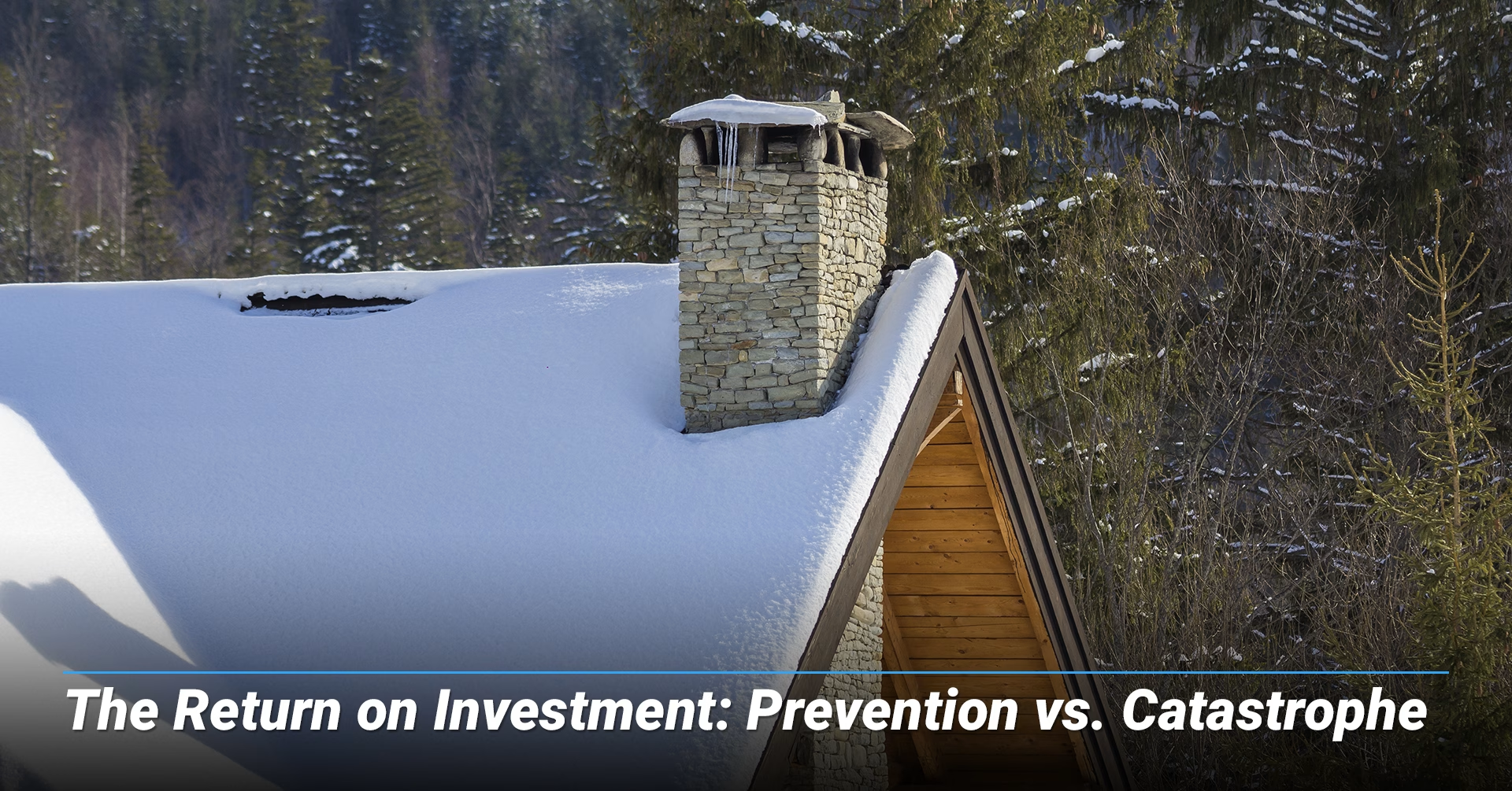
The most compelling argument for proactive chimney maintenance is financial. The cost of prevention is nothing compared to that of catastrophic repairs.
A. The True Cost of Neglect
Neglecting water damage allows freeze-thaw cycles to continue destructive work, eventually causing structural failure. Repair costs include:
● Minor tuckpointing: Moderate investment
● Crown replacement: Significant expense
● Major structural repairs: Costly undertaking
● Full chimney rebuild: Major financial burden
Unchecked moisture also causes flue liner deterioration, rusted components, rotting woodwork, and mold.
B. Insurance Exclusions: The Ultimate Financial Risk
Most insurance policies only cover “sudden and accidental losses” like lightning strikes, excluding damage from “neglect, age or everyday wear and tear.” Failure to waterproof and address minor issues like efflorescence is considered neglect, making homeowners responsible for substantial rebuild expenses.
Prevention vs. Catastrophe: A Cost Comparison
Action | Cost Level | Insurance Coverage | ROI |
|---|---|---|---|
Professional Waterproofing | Low | Not Covered (Maintenance) | Excellent |
Crown Repair | Moderate | Not Covered (Maintenance) | Prevention |
Major Tuckpointing | Moderate | Not Covered (Maintenance) | Prevention |
Chimney Rebuild | Very High | Typically Not Covered | Loss |
Conclusion: A Small Investment for Decades of Protection
Understanding and addressing water damage is crucial for chimney protection. Freeze-thaw cycles are a constant threat, with efflorescence and spalling serving as clear warning signs. By ensuring proper cap, crown, tuckpointing, and professional vapor-permeable sealant application, homeowners can prevent this destructive process. Having a preventative maintenance investment every 10-15 years provides decades of protection and substantial savings compared to major repairs.
Frequently Asked Questions (FAQs)
1. How can I tell if my chimney is already waterproofed?
Spray water on the masonry with a garden hose. If water beads and rolls off, it’s likely sealed. If water darkens the surface and soaks in, it’s not waterproofed.
2. How often should I waterproof my chimney?
Professional waterproofing with high-quality, vapor-permeable sealants typically lasts 10-20 years, with premium products offering 15-year warranties.
3. Why can’t I use regular hardware store sealants?
Most DIY sealants are film-forming and non-vapor-permeable, trapping moisture inside brick and worsening freeze-thaw damage.
4. What’s the difference between water repellent and water sealer?
Water repellents are breathable, preventing water entry while allowing vapor escape. Water sealers form films that trap moisture inside.
5. Do all chimney parts need waterproofing?
Professionals should waterproof bricks, mortar, chimney crown, and inspect flashing for complete protection.
6. Why must sealants allow brick to “breathe”?
Bricks absorb moisture naturally. Non-porous sealants trap this moisture, causing faster interior deterioration when frozen.
7. How do I identify efflorescence?
Efflorescence appears as white, crystalline salt deposits from water evaporation, unlike mold which appears in various colors with fuzzy texture.
8. Does homeowners insurance cover chimney water damage?
Insurance covers “sudden and accidental” events but excludes damage from neglect or normal wear. Regular maintenance and documentation are essential.
